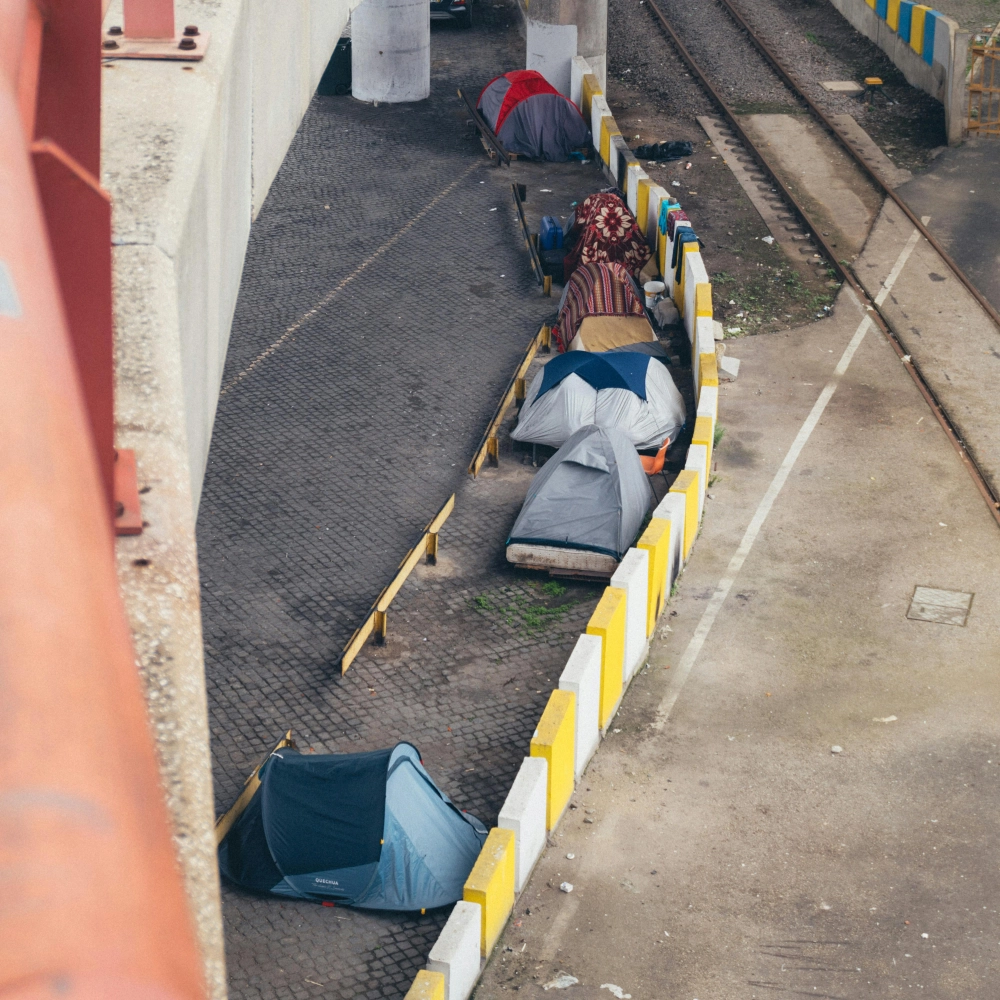
Solving Homelessness in Lethbridge
Our most recent PIT (Point in Time) Count of the unhoused in Lethbridge recorded 544 individuals needing support - a 15% increase from the previous count in 2022. The Homeless Shelter has just completed a renovation but can only sleep 200 individuals. Other organizations have limited capacity to shelter the unhoused, leaving many people stuck out on the street in dire need of assistance.
These people sometimes group together and form encampments, which are regularly patrolled and occasionally destroyed - evicting the tenants as the outreach teams attempt to connect individuals with the meager resources available. Not all the people in need are able to access the resources they require. Not all efforts are successful.
Lethbridge recently opened its first permanent supportive housing project that wasn’t specifically for seniors, since we do have many senior care facilities throughout the city. This project is a badly needed collaboration between Lethbridge City Council, the Housing Authority and many other players that will house 30 individuals with complex needs regardless of age. It’s the new building on Stafford Drive N with the delightful architectural details honouring the Indigenous heritage of the area (the architectural nerd in me thinks it’s pretty and serves as an excellent reminder that public housing can also be thoughtfully designed).
More projects like Nokoowaayi (My Home) supportive housing are needed to build out the housing continuum. By investing in the housing continuum and partnering with other levels of government to meet our increasing supportive housing needs we can ensure there are enough resources for everyone who needs them. As important, we must take swift and decisive action to prevent people from becoming homeless in the first place.
What is the Council's role here? Move forward with policies that would allow for better urban planning and reduce the red tape for developers interested in medium-density housing developments, and integrated commercial/residential buildings where appropriate. Density developments should align with walkability and access to public transportation to reduce reliance on car ownership and pressures on parking. Create bylaws to govern facade requirements so new developments blend in with the character of existing neighbourhoods. Reduce red tape for developments that will incorporate a minimum of 15% of units be public-housing rate capped if they are to be rented. Ensure the people living in public housing are supported in following the rules and held to policy standards in order to ensure the positive experience for other tenants and neighbours.
I understand the hesitancy some people have about density, or about public housing coming into their neighbourhood. I’ve lived several doors down from a recovery house for over 3 years and have only had positive experiences with the tenants and staff (this residence has 24 hour staff coverage). I live in an area that is packed with medium density structures from post-war-era bungalows to 4-storey apartment blocks and everything in between. The only problem I have is the traffic noise of people racing up and down a road that is too wide (and the inherent safety risks that come with poor driving).
While I can’t guarantee that everyone’s experience will be as fraughtless as my family’s, I can simply let you know that supportive housing leads to better success for individuals and communities alike. Being bold in our approach in compassion and empathy will be required to solve this most urgent of problems.
For those who are concerned with costs associated with the public providing this kind of support, please realize that cost-benefit analysis have been completed and it has been proven time and again that public housing like permanent supportive housing projects are the cheaper alternative and a more responsible use of taxpayer dollars than treating the symptoms of homelessness: crime, vagrancy, destruction of property, illness, and addictions.
I find it difficult to be proud of my community when so many people still need help. I don’t think I’m the only one who feels this way. If you feel the same, and are looking for positive action for the future, I humbly ask for your vote on Oct 20 so I can serve you as City Councillor.